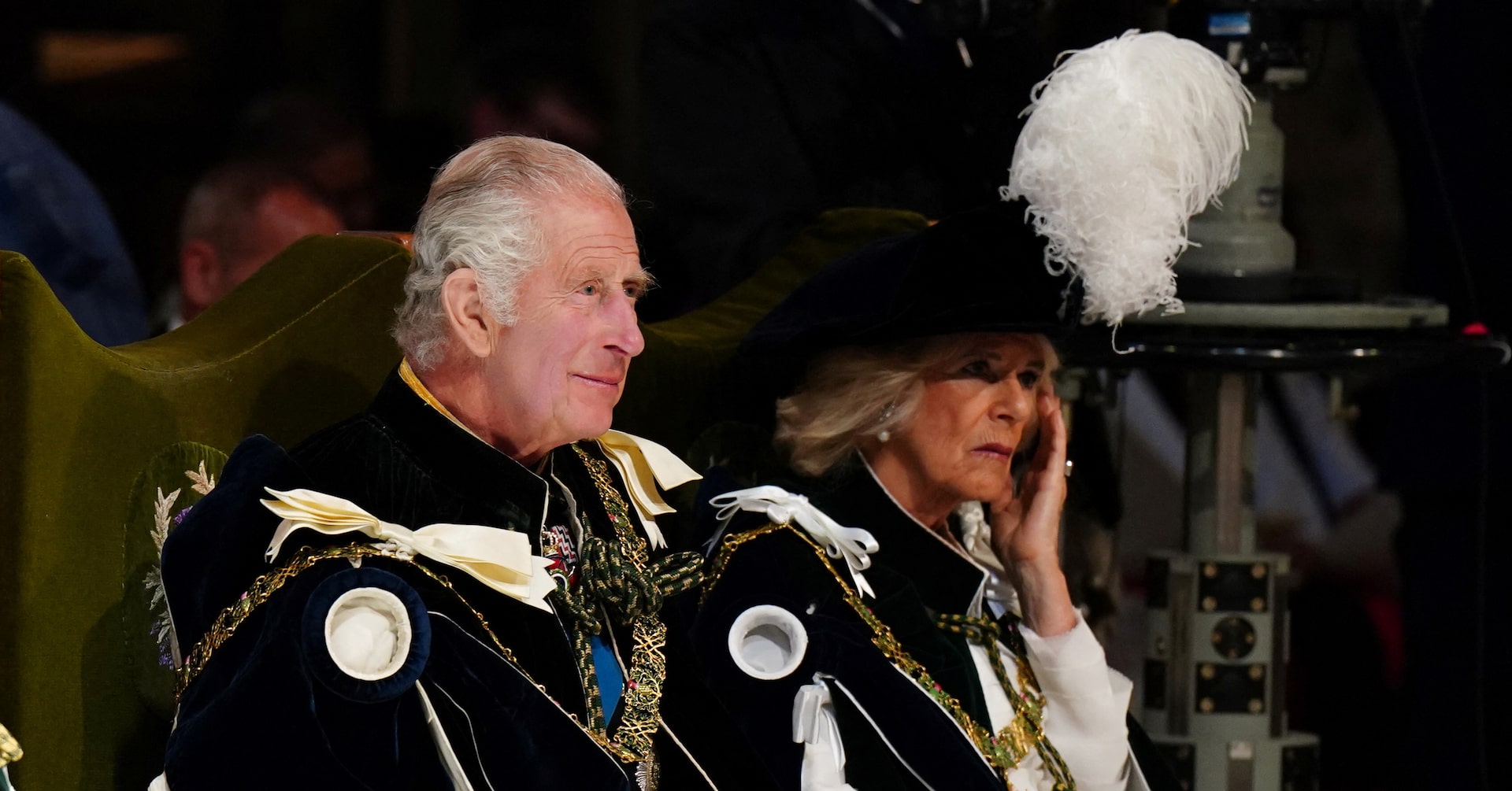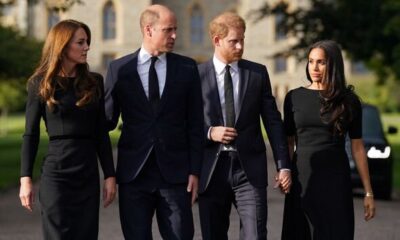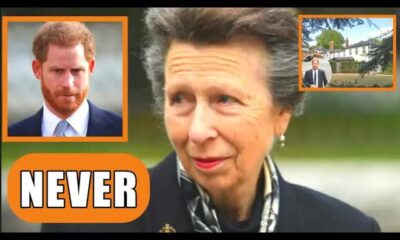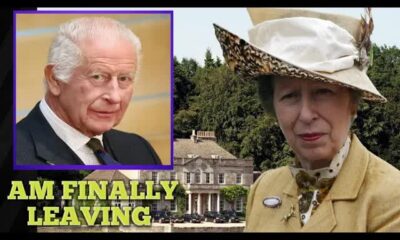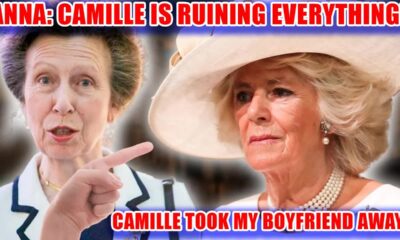The News
Princess Anne: The Hardest-Working Royal Yet 17th in Line to the Throne
Princess Anne, often dubbed the hardest-working member of the British royal family, occupies an interesting position in the line of succession.
Despite her tireless dedication and commitment, she finds herself ranked 17th, trailing behind Prince Harry and his children, Archie and Lilibet.
This juxtaposition raises eyebrows and prompts discussions about the complexities of royal succession.
As the only daughter of the late Queen Elizabeth II, Princess Anne has been a steadfast ally to her brother, King Charles III.
However, her place in the royal hierarchy is influenced by historical decisions that date back centuries.
The rules governing the order of succession were established in the 17th century, solidified by the 1689 Bill of Rights and the 1701 Act of Settlement.
These laws emerged after James II's departure from England in 1688, which led to the throne being offered to his daughter Mary and her husband, William of Orange.
This pivotal moment allowed Parliament to play a crucial role in determining royal titles and succession, ensuring that a monarch could be stripped of their title if deemed unfit.
The 1701 Act of Settlement further clarified that only Protestant descendants of James I's granddaughter, Princess Sophia, could inherit the throne.
This historical context reveals why Princess Anne, despite her hard work and dedication, is positioned lower in the line of succession compared to other royals.
In 2013, the Succession to the Crown Act introduced significant changes to these age-old laws.
It abolished the system of male primogeniture, which had previously allowed younger sons to leapfrog older daughters in the succession line.
Unfortunately for Princess Anne, this change applies only to royals born after October 28, 2011, meaning she remains below her younger relatives, including Princess Charlotte and Princess Lilibet.
Regardless of her rank, Princess Anne's contributions to the monarchy are undeniable.
A recent analysis by the Sunday Telegraph highlighted her remarkable work ethic, revealing that she completed 457 royal engagements last year—outpacing King Charles, who managed 425.
Her unwavering support for the monarchy has earned her a reputation as the King's right-hand woman.
The 2013 act also eliminated the disqualification of royals who marry Roman Catholics, further modernizing the royal succession laws.
These reforms took effect across all Commonwealth realms in March 2015, reflecting a shift towards inclusivity within the monarchy.
Looking at the current line of succession, Prince William stands first, followed by his children, Prince George, Princess Charlotte, and Prince Louis.
Meanwhile, Prince Harry, who now resides in California with Meghan Markle, holds the fifth position, followed closely by his children, Archie and Lilibet.
Adding to the intrigue, the Duke of York, embroiled in controversy due to allegations surrounding his association with Jeffrey Epstein, ranks just behind Prince Harry.
Following him are Princess Beatrice and her daughter, Siena, along with Princess Eugenie and her sons.
Further down the line, we find Prince Edward, the Duke of Edinburgh, in 14th place, followed by his son, the Earl of Wessex, and Lady Louise Mountbatten-Windsor.
Princess Anne's own children, Peter Phillips and Zara Tyndall, are positioned at 18th and 21st, respectively, showcasing the intricate dynamics of royal lineage.


